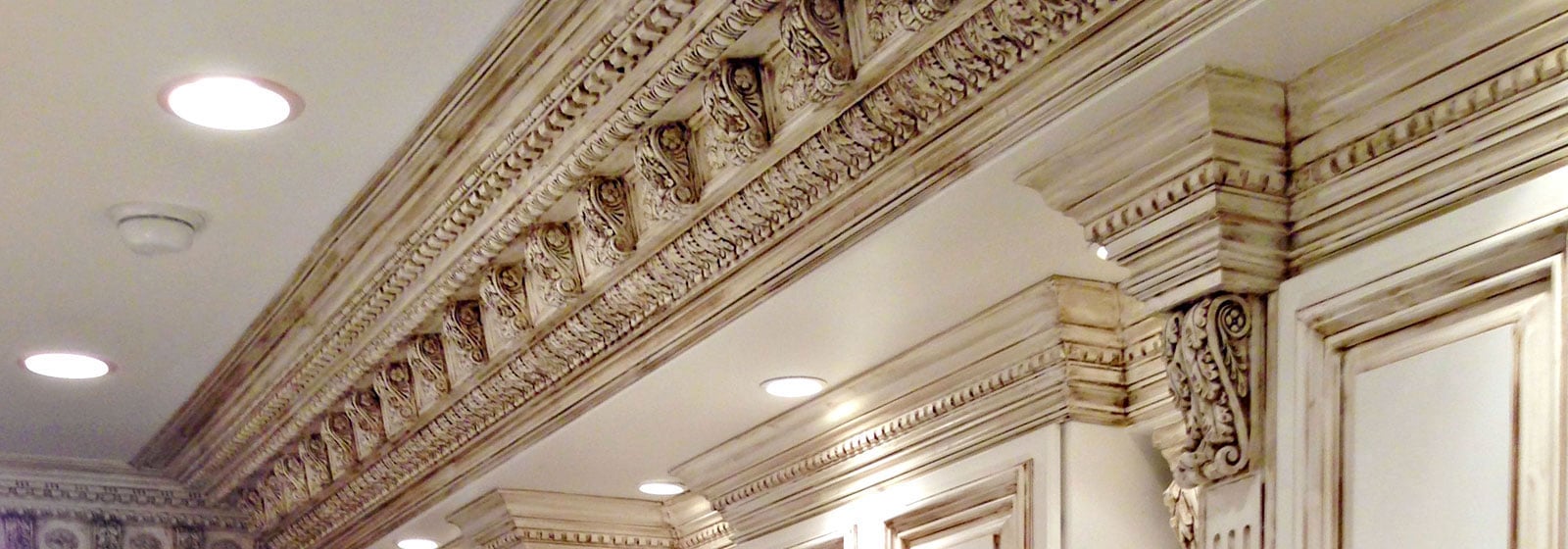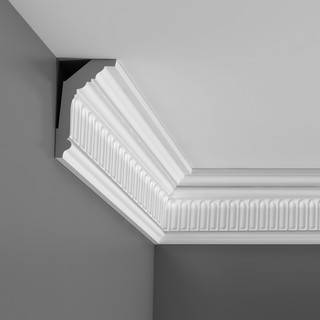Crown molding is not just a decorative feature; it’s a transformative element that can elevate the aesthetic of any room. With my years of experience in home improvement, I’m excited to share everything you need to know about crown molding decorative!
What is Crown Molding?
Crown molding, also known as cornice molding, is an architectural element that crowns the intersection of walls and ceilings. It adds a touch of elegance and can dramatically change the look of a room, whether it’s contemporary or classic.
Types of Crown Molding
Understanding the different types of crown molding is essential to choosing the right one for your space.
1. Wood Crown Molding
Wood crown molding is a traditional choice known for its durability and beauty. It is available in various styles and can be stained or painted according to your preference.
2. Polyurethane Crown Molding
This is a lightweight and moisture-resistant alternative that mimics the look of wood. It’s perfect for areas with higher humidity.
3. Plaster Crown Molding
Plaster is an excellent choice for an authentic, historical feel. Though it’s more fragile and requires professional installation, the results are stunning.
4. MDF Crown Molding
Medium-density fiberboard (MDF) is an affordable option that holds paint well and can be easily cut and installed. It’s less durable than wood but ideal for budget-conscious renovations.

5. Flexible Crown Molding
This type is perfect for curved walls or ceilings. Made from latex or rubber materials, it bends easily and can be painted to match your décor.
Choosing the Right Style of Crown Molding
When selecting crown molding, consider the style of your home. Here are some popular styles:
1. Traditional
Characterized by intricate details and a classic profile, traditional crown molding complements Victorian or Colonial-style homes.

2. Modern
Simple and clean lines define modern crown molding. This style works well in contemporary designs.
3. Rustic
Rustic crown molding often features distressed finishes and natural wood tones, perfectly suited to farmhouse-style interiors.

4. Art Deco
Art Deco crown molding includes bold geometric patterns and flashy materials, ideal for vintage and glamorous aesthetics.
Benefits of Crown Molding
Investing in crown molding comes with multiple advantages:
- Aesthetic Appeal: Adds a sophisticated touch to any room.
- Increased Home Value: Enhances the resale value of your property.
- Conceals Imperfections: Hides uneven lines between walls and ceilings.
- Customization: Available in various styles and materials to fit any interior design.

Installation Tips for Crown Molding
While hiring a professional is an option, many DIY enthusiasts can tackle crown molding installation with these tips:
1. Gather Your Tools
You will need a miter saw, nail gun, measuring tape, level, and safety goggles.
2. Measure Your Walls
Accurate measurements are crucial. Measure each wall and account for corners and joints.

3. Cut the Molding
Use a miter saw to create angled cuts for corners. A 45-degree angle is standard for inside and outside corners.
4. Prep the Wall
Ensure the wall surface is clean and dry before installation.

5. Secure the Molding
Use a nail gun to attach the molding, starting from the corners and working your way around.
Comparison of Crown Molding Materials
| Material | Pros | Cons |
|---|---|---|
| Wood | Durable, can be stained or painted | Can be expensive, prone to warping |
| Polyurethane | Lightweight, moisture-resistant | Less authentic look than wood |
| Plaster | Classic look, highly durable | Heavy, requires professional installation |
| MDF | Affordable, easy to work with | Less durable, can swell in moisture |
| Flexible Materials | Great for curved spaces | Limited styles available |

Common Mistakes to Avoid
When installing crown molding, avoiding these pitfalls can save you time and frustration:
- Inaccurate Measurements: Double-check measurements to prevent mishaps.
- Wrong Angles: Ensure cuts are made at the correct angles for a seamless fit.
- Neglecting Paint Treatments: Painting the molding before installation can make touch-ups easier.
Maintenance Tips
Keeping your crown molding in top shape is essential for lasting beauty:
- Regular Dusting: Use a microfiber cloth to remove dust.
- Check for Damage: Periodically inspect for any cracks or wear.
- Fresh Paint: Repaint every few years to maintain its appeal.
Frequently Asked Questions (FAQs)
What is the average cost of crown molding installation?
The cost varies by materials and labor, but expect to pay between $3 to $10 per linear foot, including materials and installation.
Can I install crown molding myself?
Yes, with the right tools and careful planning, many homeowners can successfully install crown molding on their own.
How do I choose the right size crown molding?
A general rule is that the height of the molding should be proportional to the height of your ceilings. Taller ceilings can accommodate larger crown moldings.
Does crown molding add value to a home?
Absolutely! Crown molding enhances the visual appeal of your home, which can lead to an increased resale value.
What should I do if my walls are uneven?
Flexible crown molding is an excellent solution for uneven walls, as it can adapt to minor imperfections.